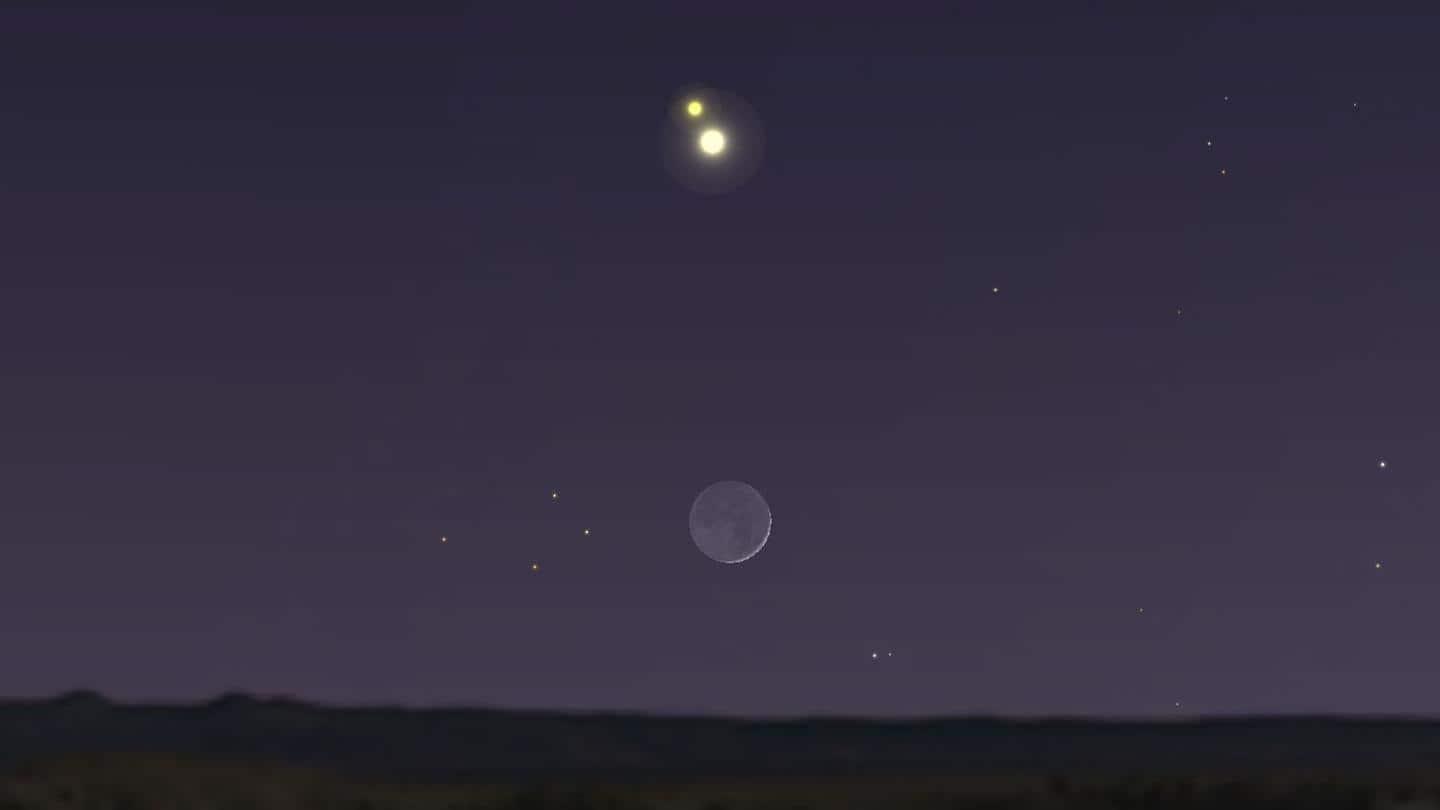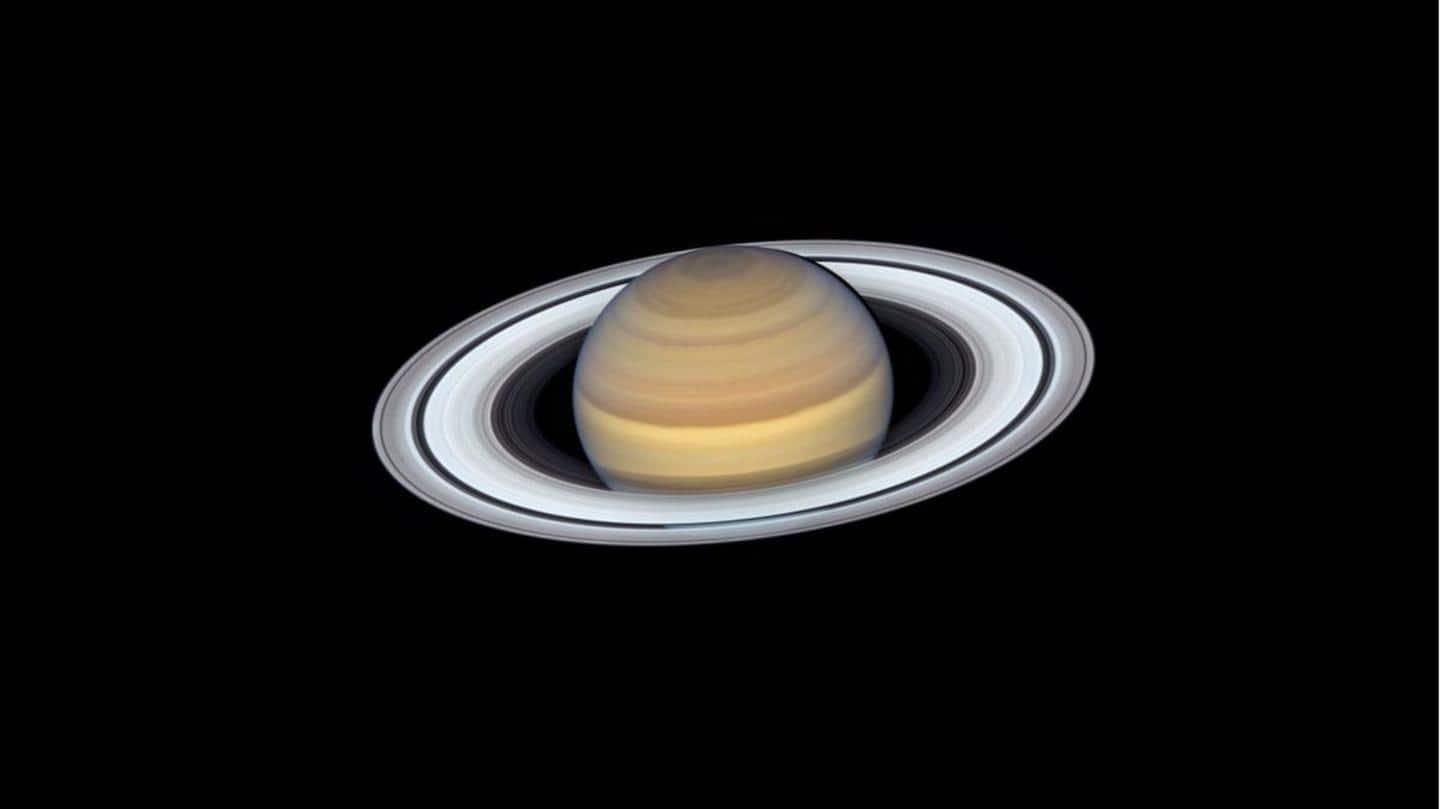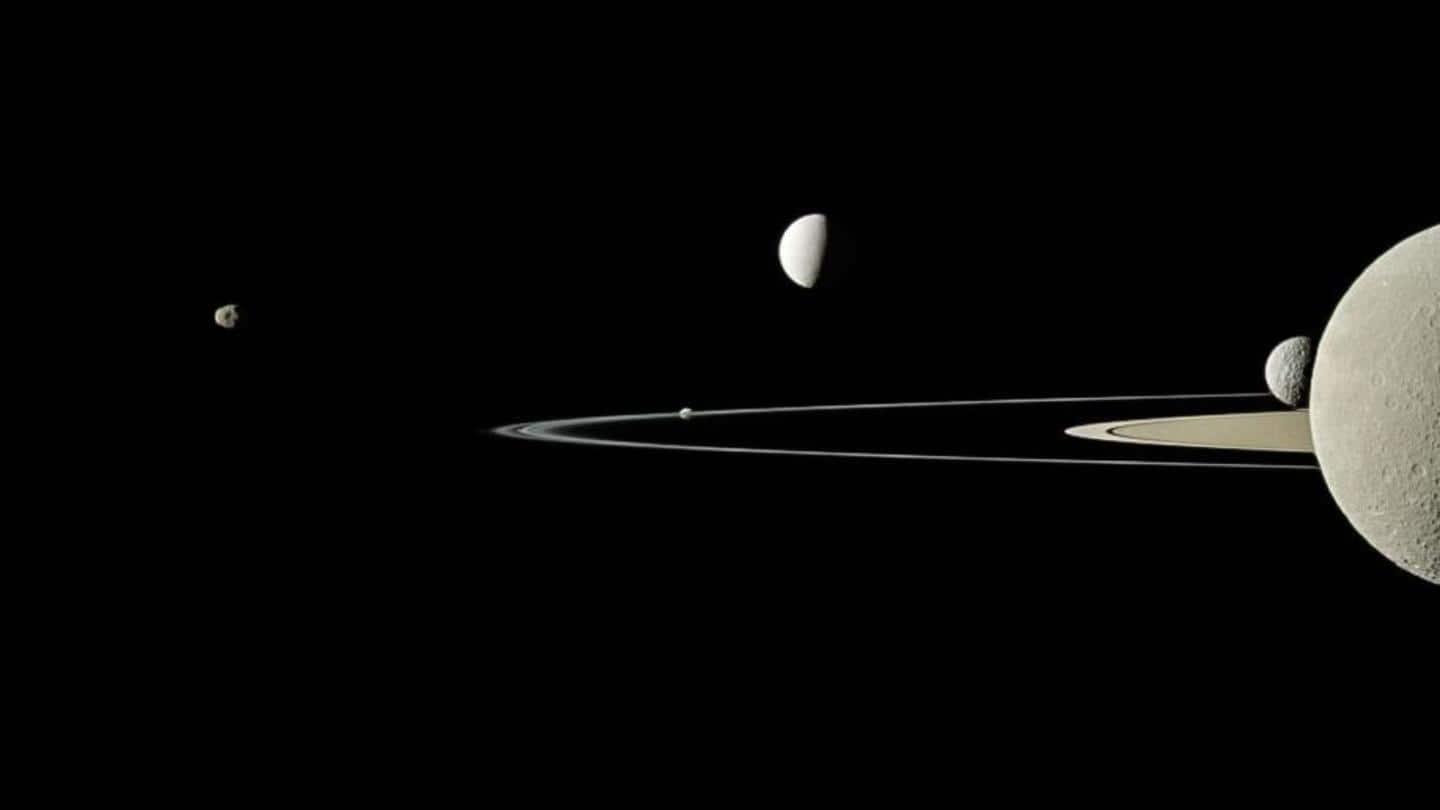(MENAFN- NewsBytes) At 11:30 AM (IST) today, Saturn and Earth will be the closest to each other this year. People who would witness this rare phenomenon during nighttime would be able to see the ringed planet clearly. The National Aeronautics and Space Administration (NASA) said that Monday early-morning is a prime viewing time since Saturn will be directly opposite the Sun from Earth that time.
In this article
- Saturn would be clearly visible in the night sky
- Saturn, Earth came close on July 20 last year
- Saturn's inclination toward Earth to provide clear view of rings
- Experts suggest using high-magnification telescope for smaller field of view
Details Saturn would be clearly visible in the night sky

NASA added, "Around the time of opposition which visible all night, reaching its highest point around midnight." In India, the Deputy Director of Pathani Samanta Planetarium Dr. Subhendu Pattnaik told ANI that the event would occur at 11:30 AM. Although it would be daytime in India, people experiencing nighttime in other parts of the world would see a bright Saturn, Dr. Pattnaik added.
Rare event Saturn, Earth came close on July 20 last year
Dr. Pattnaik also mentioned that although Saturn would appear bright to the naked eye, "a few satellites of Saturn can also be seen with a small telescope." He explained that since the Earth orbits the Sun in 365 days and Saturn takes approximately 29.5 years for completing one full revolution, the last time Saturn and Earth came close was on July 20, 2020.
18-degree tilt Saturn's inclination toward Earth to provide clear view of rings

Saturn's brightly-illuminated rings as photographed by the Hubble Space Telescope (2019) The ringed planet and Earth are expected to be this close again on August 14 next year. Space.com reported that this year, Saturn's northern hemisphere would be tilted at an angle of 18 degrees in the Earth's direction giving stargazers a clear view of Saturn's rings. Today, Saturn will be closest to Earth at a distance of 1.337 billion kilometers.
Easily located Experts suggest using high-magnification telescope for smaller field of view

Saturn and five of its moons in a single frame captured by NASA's Cassini probe (2011) Viewers may also get to see Titan, the ringed planet's largest moon. Experts suggest using a high-magnification telescope since it would inherently have a tighter field of view offering a better view of Saturn. Since Saturn is opposite to the Sun today, locating it should be easy. It will climb high in the northern hemisphere's night sky.
MENAFN02082021000165011035ID1102553833
Legal Disclaimer:
MENAFN provides the information “as is” without warranty of any kind. We do not accept any responsibility or liability for the accuracy, content, images, videos, licenses, completeness, legality, or reliability of the information contained in this article. If you have any complaints or copyright issues related to this article, kindly contact the provider above.